It recently occurred to me that I haven’t spoken very much about the specifics of Shaligram identification. As such, I think I will start a series here on the basics of Shaligram interpretation. This post will outline the foundations of Shaligram reading as I was taught it in Mustang, Nepal (and to a degree in West Bengal, India). My caveat is, as with all my discussions of Shaligrams, is that I can only convey what I know and what I know is largely drawn from Vaishnava and Smarta Hindu traditions. There are variations to these practices, of course, that I am aware of in Shaiva Shaligram traditions, in Jain traditions, and in Buddhist traditions but, for the most part, what I will lay out for you below comes from the Puranic Shaligram commentaries as they are used by Vaishnava and Smarta Hindus.
Following this post, I will then begin a series of blog discussions related to specific characteristics, such as color, shape, and chakra. But for now, let’s get to the fundamentals.
How do you identify a Shaligram manifestation? It’s complicated, of course. But I’ll take a moment delineate the steps and give you a sense of the process.
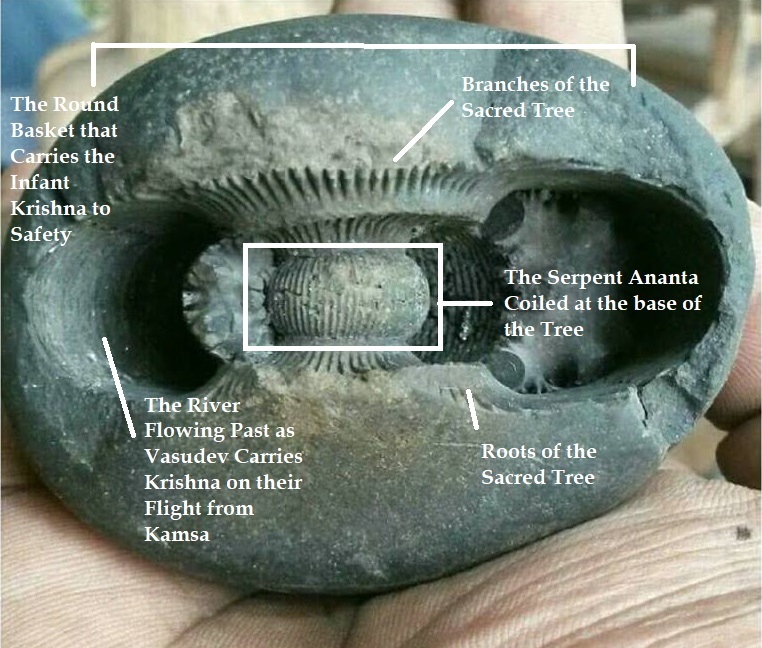
There are roughly 90 different name-types of Shaligrams (between 89 – 92 depending on the tradition). From Krishna Shaligrams to Lakshmi-Narayan Shaligrams to Shiva Shaligrams and Devi Shaligrams. But even within these categories, there are variations — each corresponding to a different deity and a different mood (bhava).
As such, learning to identify specific Shaligrams takes quite a long time and involves a complicated combination of texts, oral traditions, and ritual experiences meant to teach you how to recognize specific characteristics.
There are, however, about 6 primary characteristics that we’ll start off with. Set, Shape, Color, Vadana, Vanamala, and Chakra.
(Note: All manifestations, even combination manifestations, are usually subsumed under one of the Puranic name-types. For example, the texts describe “Krishna” Shaligrams. But within that category is a huge variety of Krishna’s manifestations: Krishna-Balaram, Krishna Gopala, Radha-Krishna, etc. Each of which is a different Shaligram. But that’s a bit beyond the scope of this post, so let’s start with the most recognizable features.)
Also note that each of these characteristics exists on a spectrum and how a particular Shaligram displays the characteristic is integral to understanding the nuance of its identification.

SET: Essentially, how the Shaligram sits when placed on a stable, flat, surface. How does the Shaligram naturally come to rest? This then helps you to gauge what is “top,” “bottom,” “front,” and “back” relative to the rest of the Shaligram.
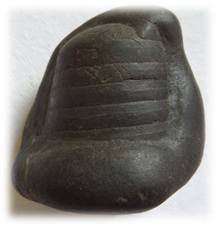
Some Shaligrams have very good set and it is obvious as to how they should normally be sitting. Others, like the Krishna Gopala Shaligram, have no set at all and roll around freely (which is part of their charm!).
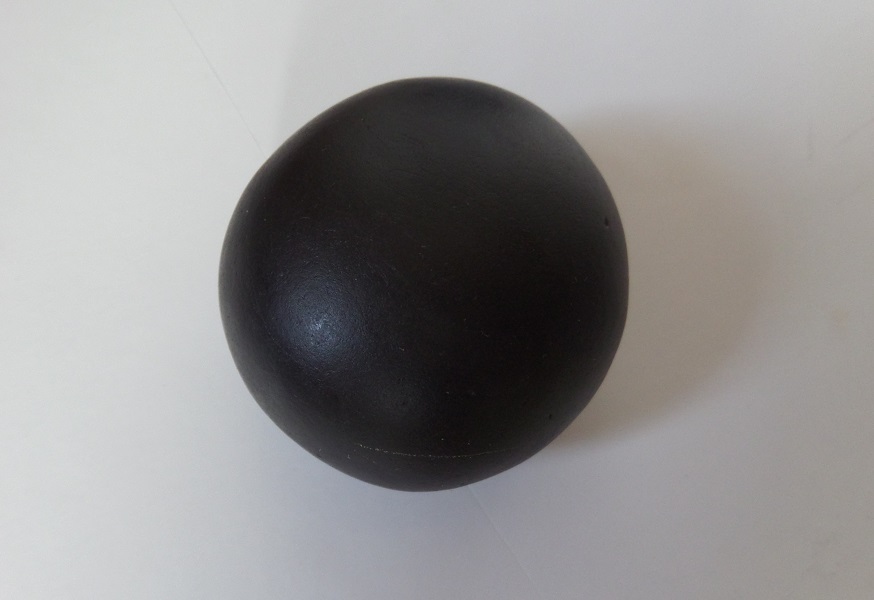
SHAPE: Pretty obvious. What is the Shaligram’s overall shape? The variety of shapes possible in Shaligrams is endless, of course, but the general shape of the Shaligram tells you something about its manifestation. For example, the Khamdenu Shaligram is typically in the shape of a cow, while the Matsya Shaligram (below) looks like a fish.
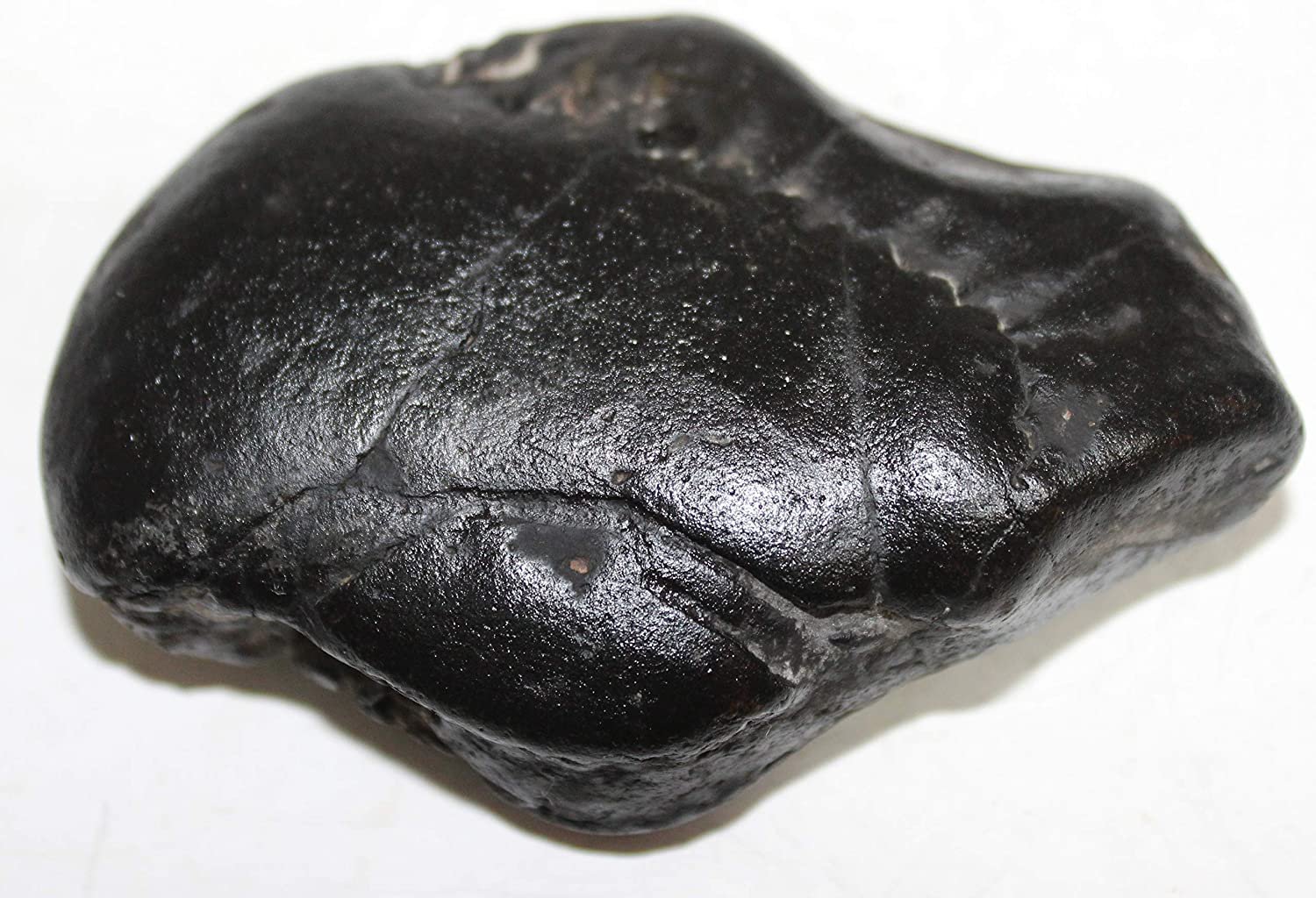
COLOR: Most Shaligrams are black, but this is not always the case. The Pitambara Shaligram, for example, is described as being yellow or as having yellow chakras. And the Raghunath Shaligram (below) is always “sky colored.” (Meaning grey or bluish). There are also green Shaligrams and, in very rare cases, red ones which are not suitable for home worship.
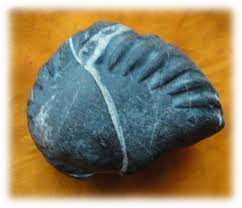
VADANA: Vadana means “mouth,” and it refers to the type, number, and appearance of openings in the Shaligram. The most popular version of this is the Narasimha Shaligram, which has one large vadana with prominent teeth.
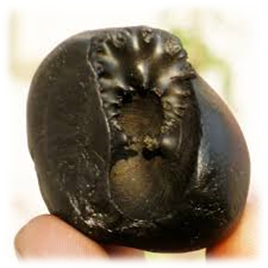
Other Shaligrams, like this Janardhan Shaligram (below), have multiple vadana.
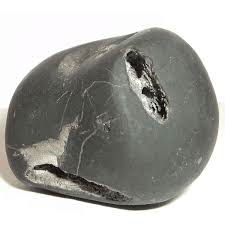
VANAMALA: Vanamala refers to the sacred thread that sometimes appears as white quartz lines on the body of a Shaligram. As with other characteristics, a Shaligram may have one, none, or many vanamala. This Madhusudana Shaligram has one vanamala around its base.
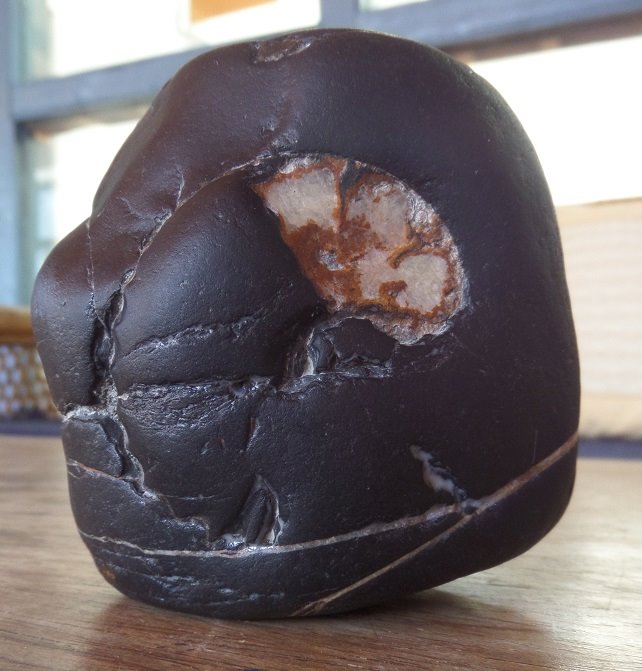
Purushottama Shaligrams, however, usually have several.

CHAKRA: Last, but certainly not least, is the most popular characteristic of them all: the chakra-spiral. How many? How complete? And in what position do they lay? There are all questions that change the understanding of the Shaligram in question.
The most obvious, and most classic, Shaligram is Sudarshan: the manifestation of Vishnu’s chakra weapon. With it’s single, clear, and complete chakra spiral, it is easy to identify.
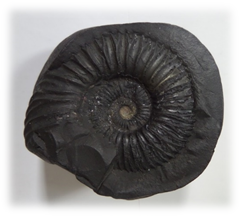
But so is the Surya Shaligram, who’s single chakra appears similarly but in relief.
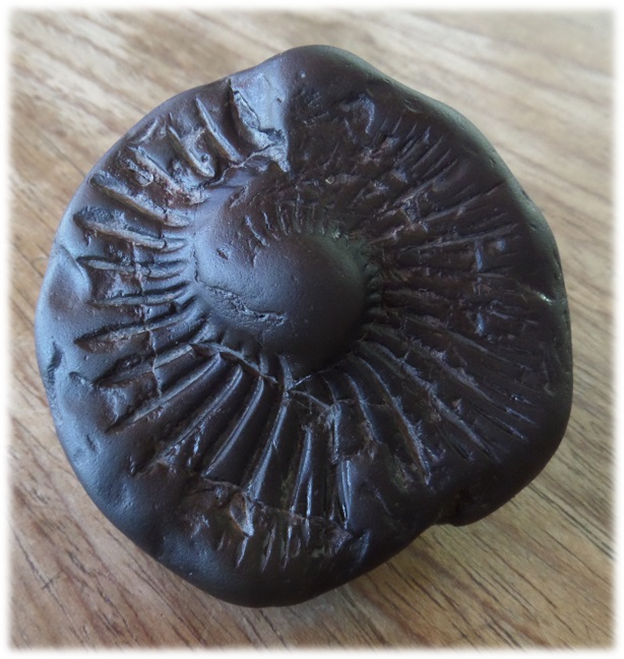
And then on to this Lakshmi-Narayan Shaligram, with its two complete, internally facing, chakra.
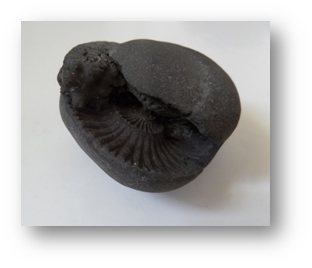
Eventually to the Multi-Chakra Shaligrams, like this Trivikrama Shaligram with three chakra in a step formation. (Multi-Chakra Shaligrams can have up to a dozen or so chakra, however.)
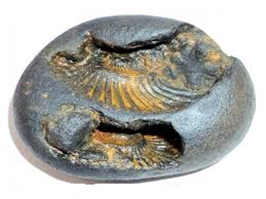
So there you have it. The basics of Shaligram identification. There is, of course, a lot more to say and the near-infinite combinations of Shaligram characteristics can often make identification complicated, especially in cases where more than one deity is present.
Which is why, as much as we can, we should seek to preserve these oral traditions and support ritual specialists. It would be a shame to lose this unique understanding of the world.


Thank you for sharing your knowledge of Saligramas. Most interesting.
Could u you share more information on what is meant by colour? It is difficult to interpret the descriptive words such as honey coloured or red and so on. Thank you Dr. Walters
Yes! I will have a post about Shaligram color up sometime today or tomorrow. — HW
Respected Madam,
I am from india. I was planning to go to Nepal in the last week of August. So, My 11 years daughter want to go to nepal alone to collect sharigram. Can you send me the details. My email id abhijitkdas.75@gmail.com
Is there any restrictions on number of shaligram shillas those i can bring with me from nepal??
Abhijit Das
Good morning
I have a few interesting Shalagrams I was hoping you would be able to help me identify
Sure. The easiest way would be to send a few high-quality images to my main email account: prolegomenon (at) gmail (dot) com. Be sure to mark which shila is which and I will tell you what I can. — HW
I don’t have any Shaligram ji in my house, I want to worship it as Our rituals.So please help me to get it..
Unfortunately, I have no Shaligrams I can send out at this time. You would need to find someone going to Nepal soon or a reliable seller.